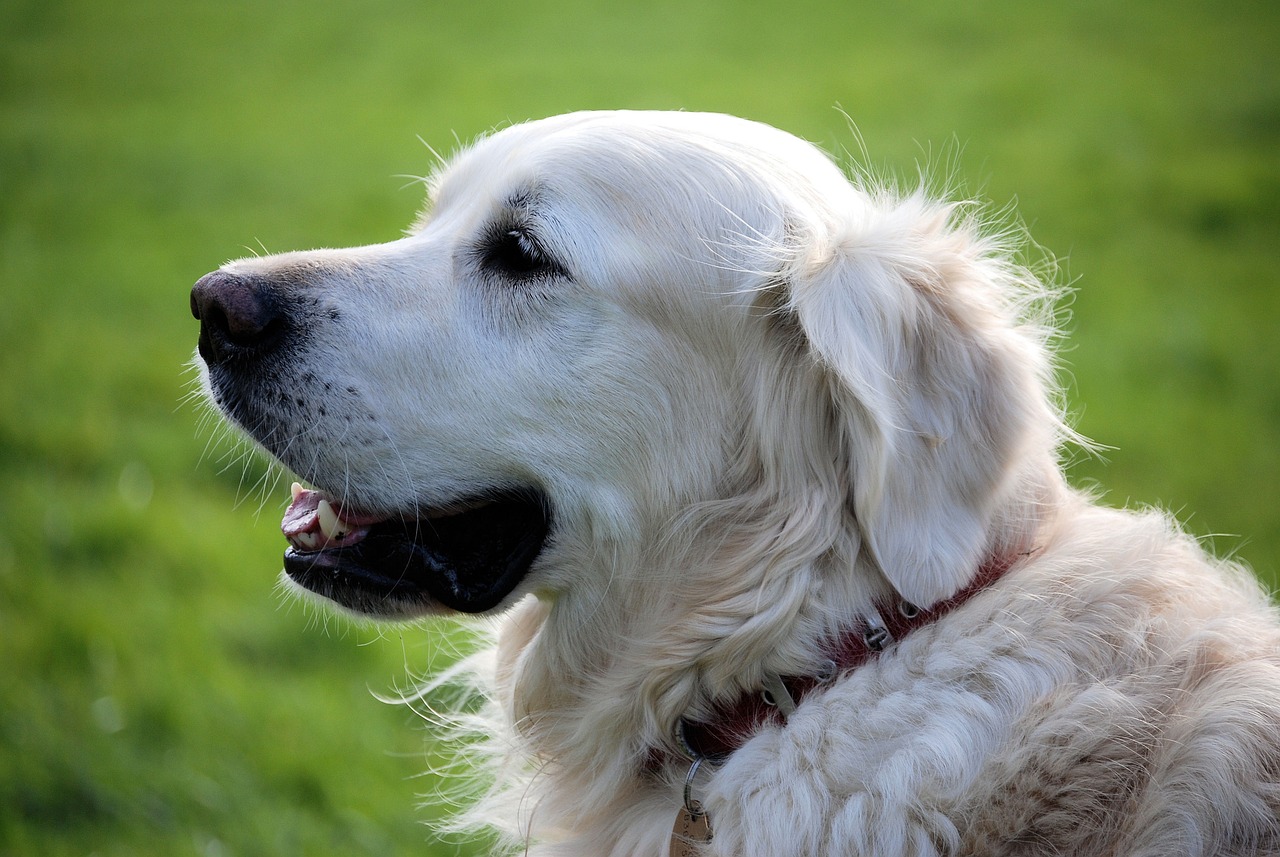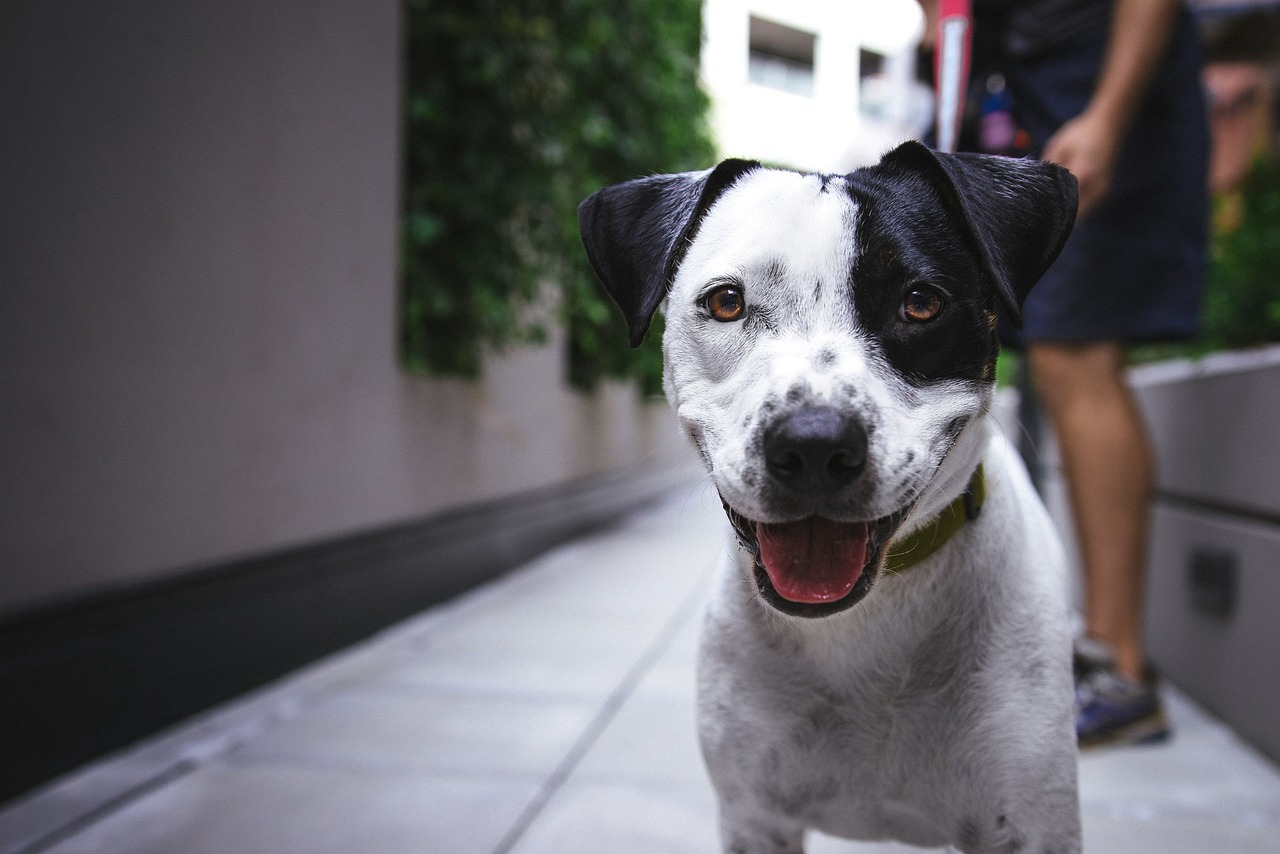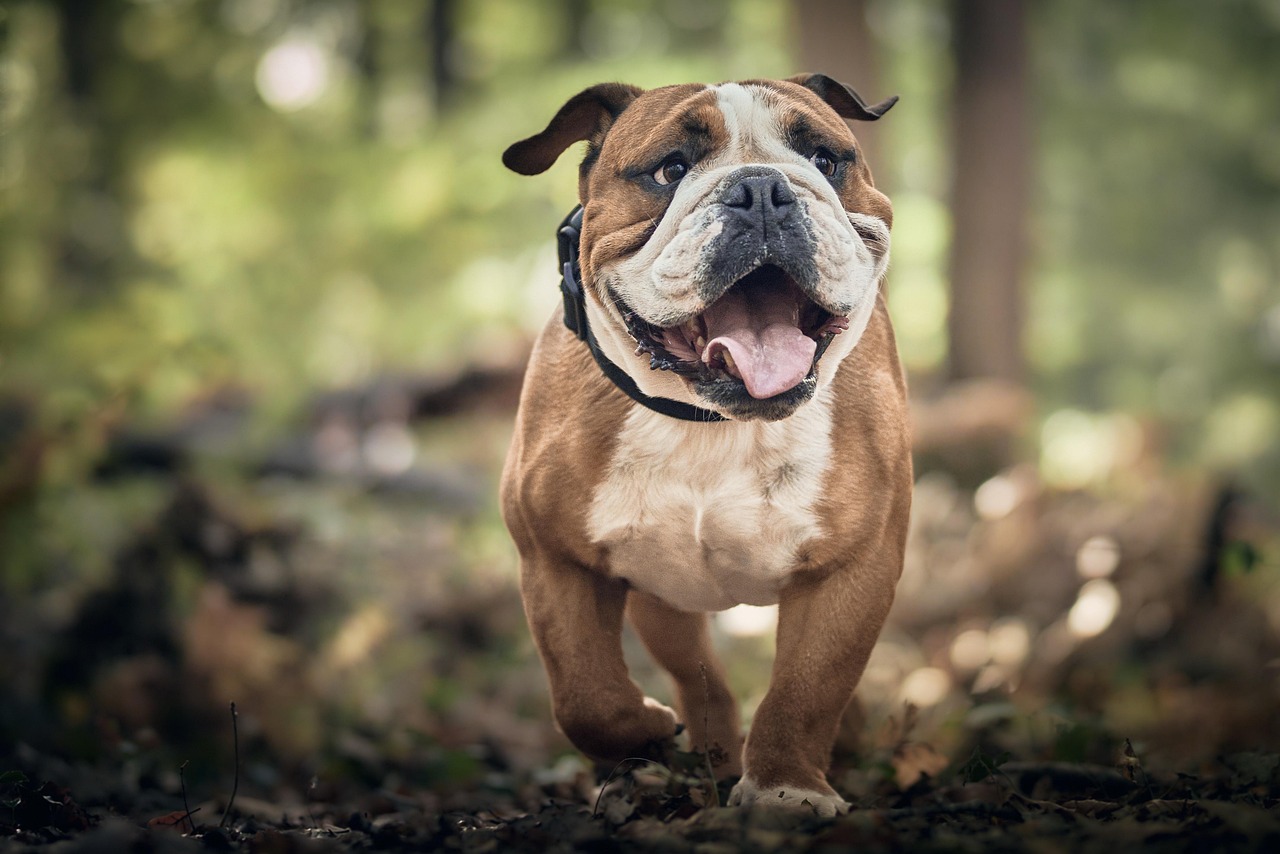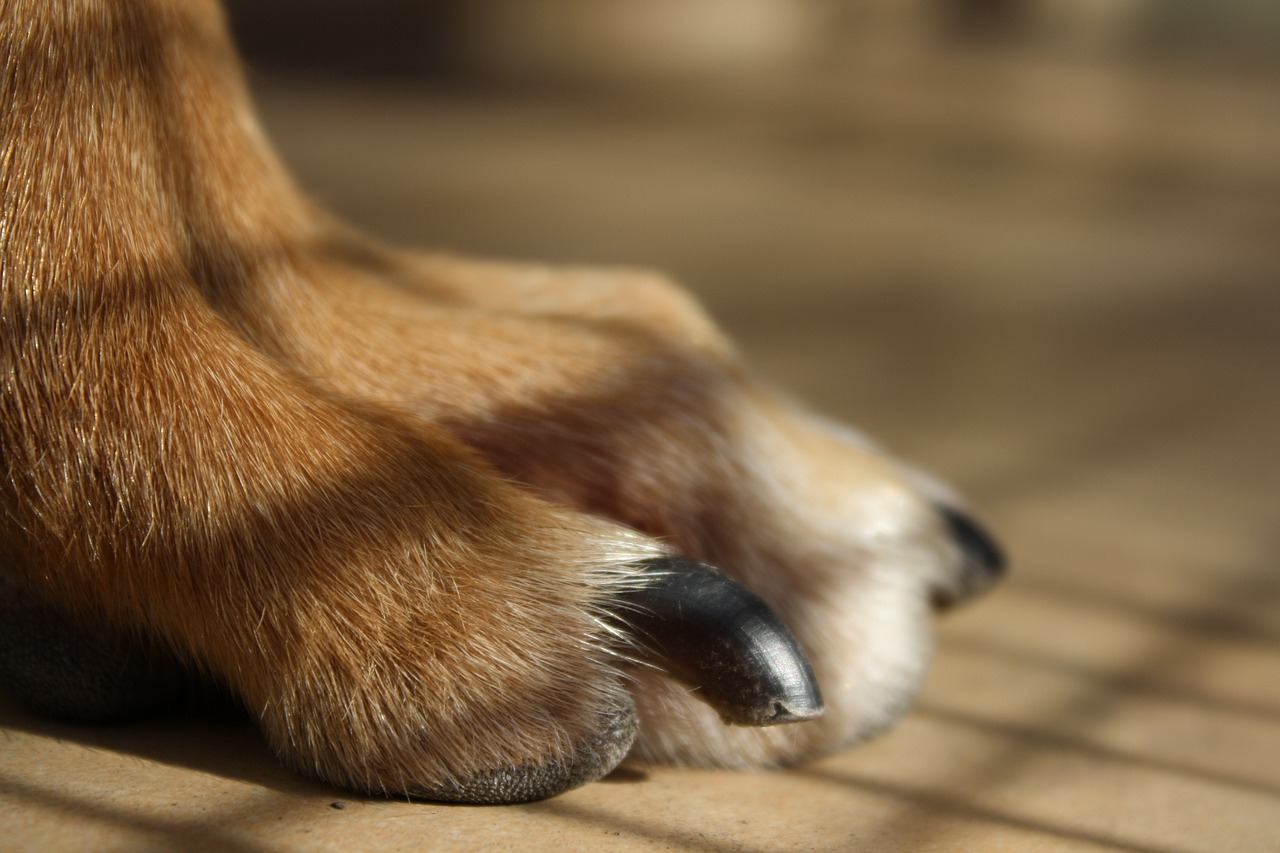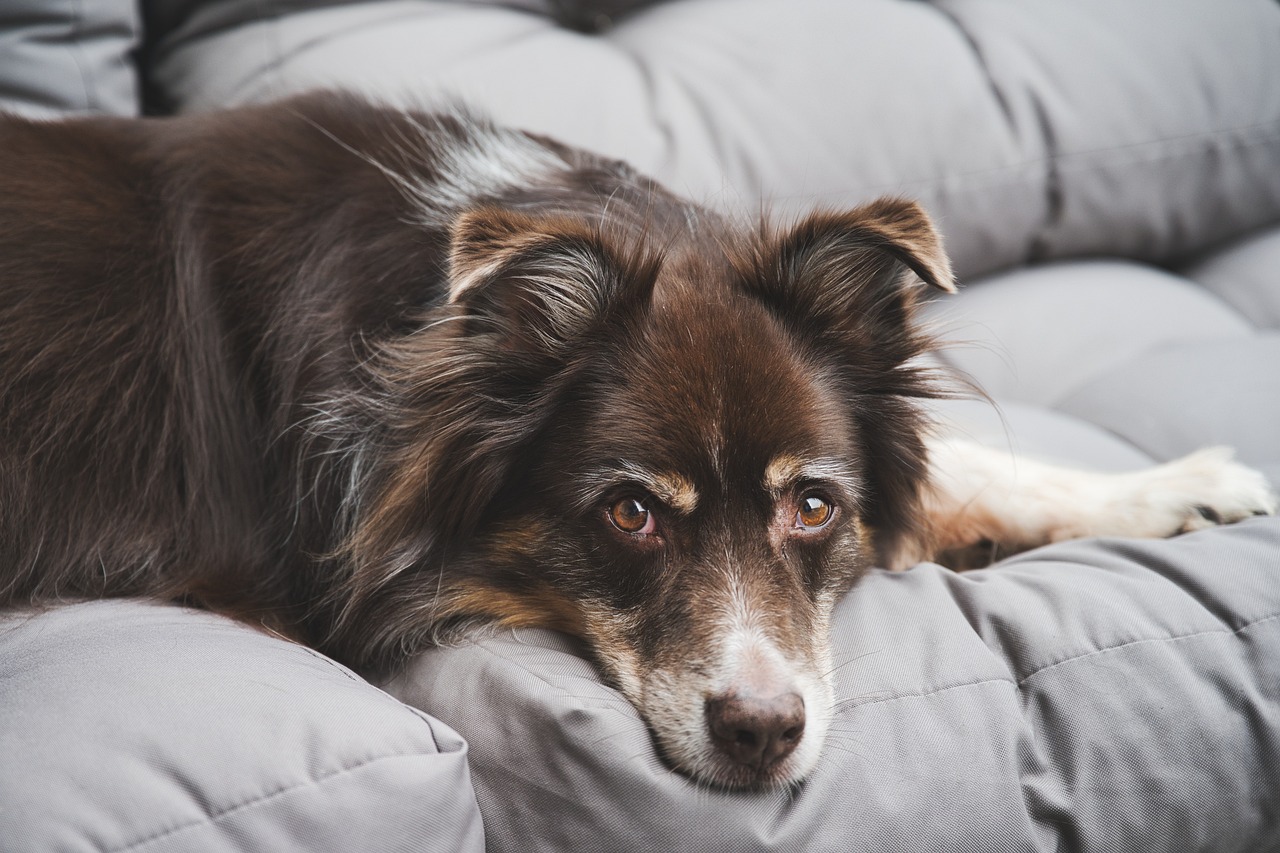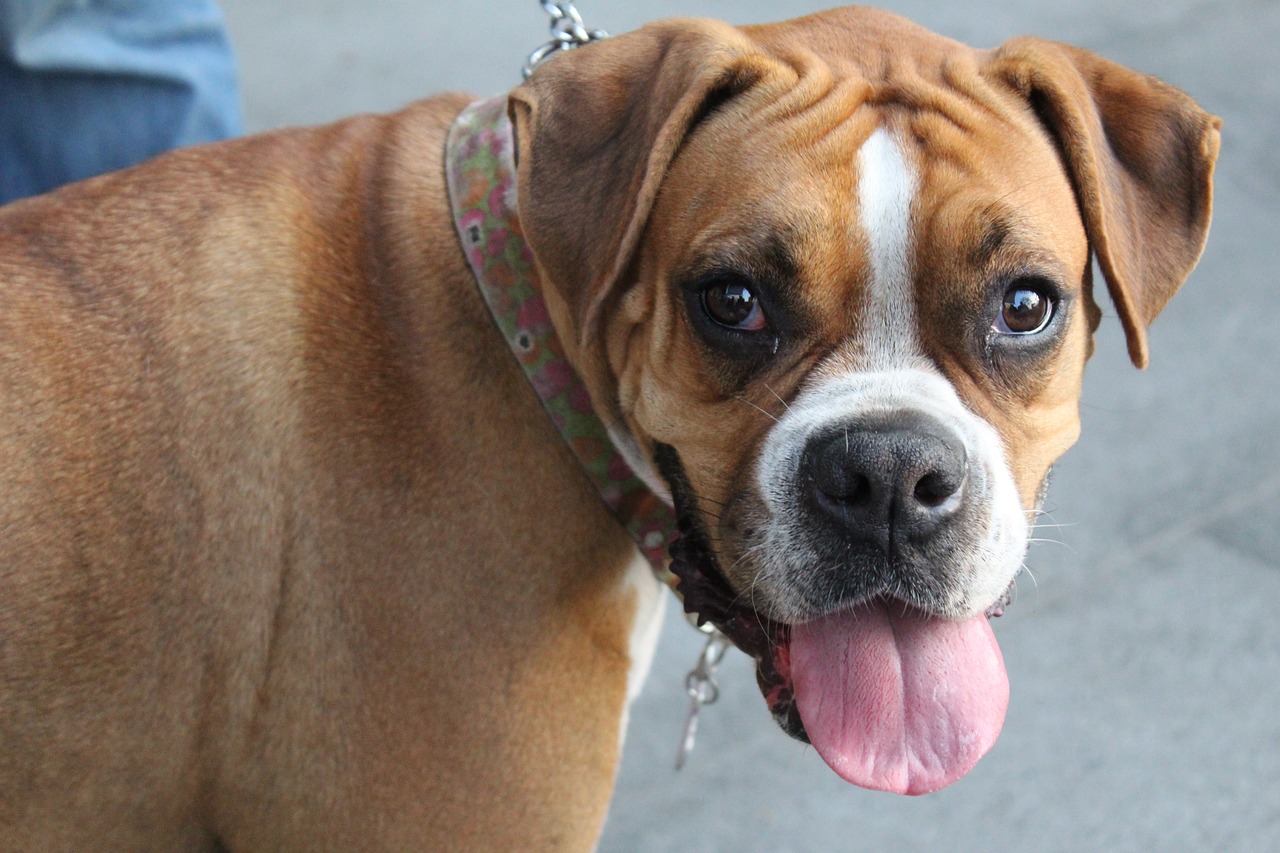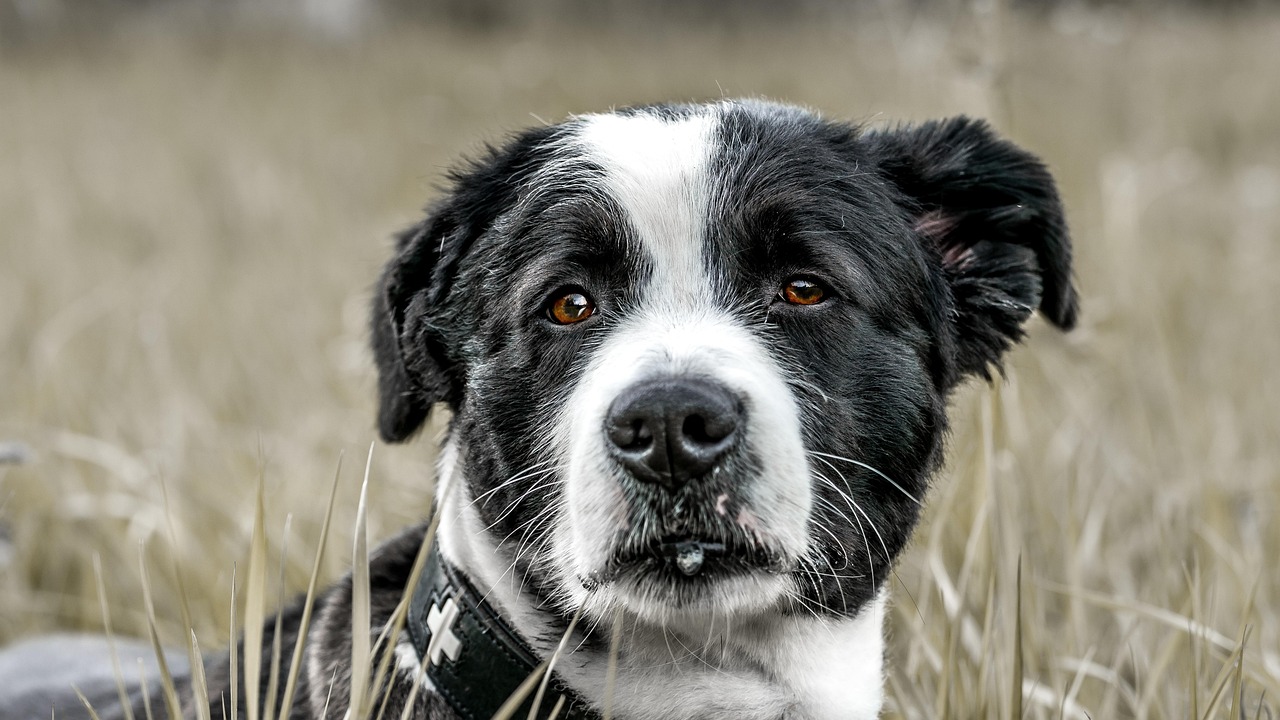This article provides essential insights into managing a dog bite on the hand, including immediate care steps, signs of infection, and preventive measures to ensure proper healing.
Understanding Dog Bites
Dog bites can vary in severity and pose significant health risks. Understanding the nature of these injuries is crucial for effective treatment and prevention of complications. The impact of a dog bite can range from minor scratches to deep wounds that require medical intervention.
Immediate First Aid Steps
Taking swift action after a dog bite is vital. Below are essential first aid steps to minimize damage and reduce the risk of infection:
- Cleaning the Wound: Proper cleaning of the bite wound is essential. Use mild soap and clean water to wash the area thoroughly.
- Applying Antiseptic: After cleaning, apply an antiseptic solution to further disinfect the wound.
- Applying Pressure and Dressing: If bleeding occurs, apply pressure with a clean cloth and cover the wound with a sterile dressing.
Signs of Infection to Watch For
Recognizing the signs of infection early can prevent serious complications. Symptoms to monitor after a dog bite include:
- Redness around the wound
- Swelling and warmth
- Pus or unusual discharge
Seek medical attention if you notice any of these symptoms.
Preventive Measures After a Dog Bite
Taking preventive measures post-injury can significantly reduce infection risks. Strategies include:
- Follow-Up Care: Regular follow-up care is important for monitoring the wound’s healing process. Keep the area clean and dry.
- Vaccination and Health Checks: Ensure your dog is up-to-date on vaccinations to prevent rabies and other diseases.
Conclusion: Ensuring Safe Interactions with Dogs
Understanding how to care for dog bite wounds is essential for safety and health. By following proper care protocols and preventive measures, individuals can minimize risks and promote healing. Always prioritize safety when interacting with dogs to prevent bites and injuries.

Understanding Dog Bites
Dog bites are not just minor injuries; they can range from superficial wounds to severe lacerations, each presenting different levels of risk and requiring various responses. It is essential to recognize that these injuries can lead to significant health complications, including infections, scarring, and in severe cases, more serious conditions such as rabies or tetanus.
When a dog bites, the nature of the bite—whether it is a puncture, scratch, or laceration—can determine the appropriate course of action. Understanding the severity of the bite is crucial for effective treatment. For instance, puncture wounds may appear small but can be deep and prone to infection, while larger lacerations may require stitches.
Moreover, the risk factors associated with dog bites include the dog’s vaccination status, the environment in which the bite occurred, and the victim’s health condition. A dog that is not up-to-date on vaccinations poses a higher risk, especially concerning rabies. Therefore, it is vital to gather as much information as possible about the dog involved in the incident.
Additionally, the psychological impact of a dog bite should not be overlooked. Victims may experience anxiety, fear, or even post-traumatic stress following the incident. Understanding these emotional responses is essential for comprehensive care and support.
In summary, recognizing the complexities surrounding dog bites is the first step towards ensuring proper treatment and prevention of complications. Being informed can empower individuals to take the necessary actions for their health and well-being after such an incident.
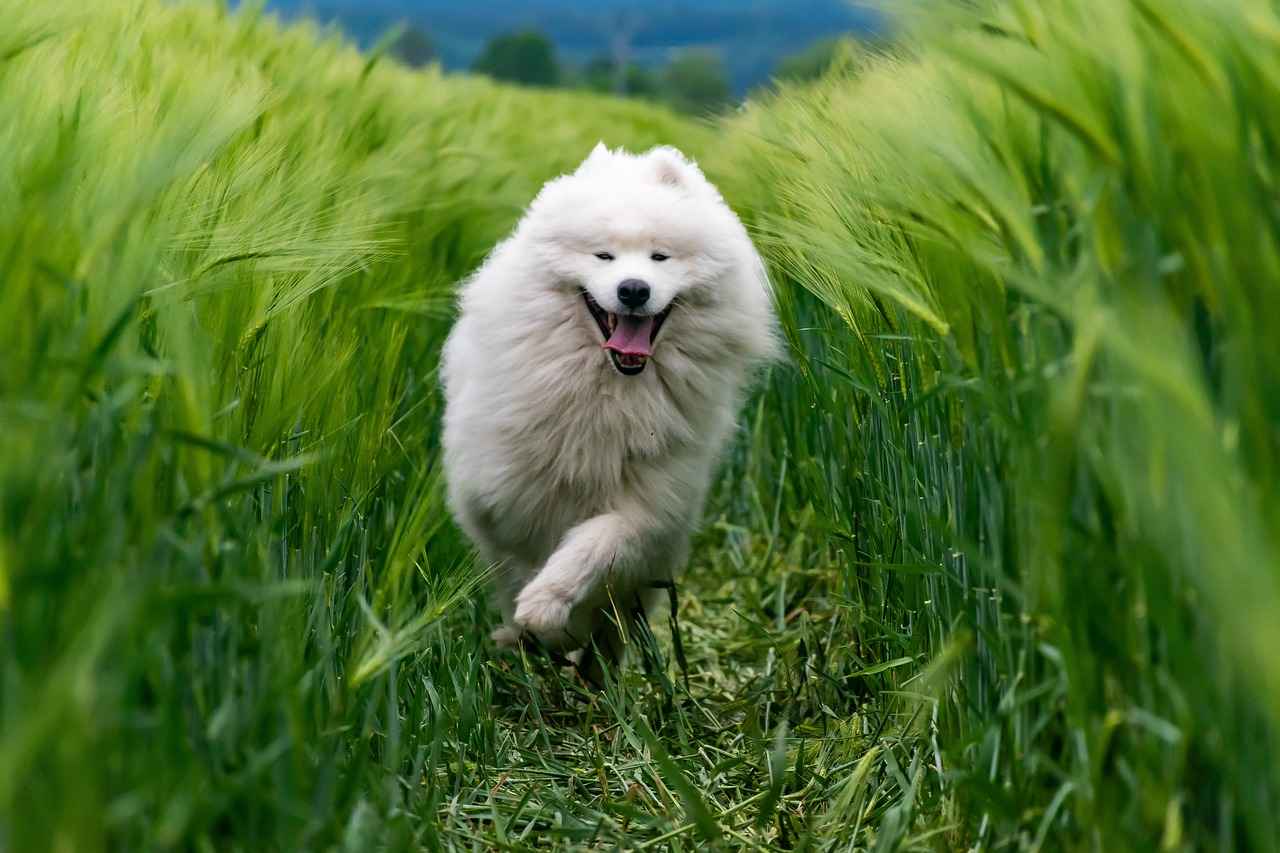
Immediate First Aid Steps
When faced with a dog bite, swift action is not just important; it is crucial for minimizing the damage and preventing the risk of infection. The following steps outline the essential first aid measures you should take immediately after a dog bite.
- Stay Calm: First and foremost, try to remain calm. This will help you think clearly and act swiftly.
- Assess the Wound: Determine the severity of the bite. If it is deep or bleeding heavily, you may need to seek professional medical attention right away.
- Wash the Wound: Use mild soap and clean water to thoroughly wash the bite area. This process is vital to remove any bacteria and debris that could lead to infection.
- Apply Antiseptic: After cleaning the wound, apply a suitable antiseptic solution. This further disinfects the area and promotes healing.
- Control Bleeding: If there is bleeding, use a clean cloth or bandage to apply gentle pressure. Maintain pressure until the bleeding stops.
- Dress the Wound: Once bleeding is controlled, cover the wound with a sterile dressing or bandage to protect it from dirt and bacteria.
- Monitor for Signs of Infection: Keep an eye on the wound for any signs of infection, such as increased redness, swelling, or pus.
- Seek Medical Attention: If the bite is serious, or if you notice any signs of infection, consult a healthcare professional immediately.
Taking these steps promptly can significantly reduce the risk of complications and promote a smoother healing process. Always remember that prevention is key, so ensure that your pets are well-trained and socialized to minimize the risk of bites in the first place.
Cleaning the Wound
When dealing with a dog bite, proper cleaning of the wound is crucial to prevent infection and ensure effective healing. The initial steps taken after a bite can significantly influence the outcome, making it essential to follow best practices for washing the area. Here, we outline the recommended procedures for cleaning a bite wound effectively.
Immediately after a dog bite, it is vital to address the wound promptly. Here are the steps to follow:
- Rinse the Wound: Start by rinsing the bite area under clean, running water. This helps to flush out dirt, saliva, and other debris that may have entered the wound.
- Use Mild Soap: Apply a mild soap to the area while gently scrubbing around the wound. Avoid using harsh soaps or scrubs, as they can irritate the skin.
- Thoroughly Dry: After cleaning, gently pat the area dry with a clean cloth or paper towel. Do not rub, as this may cause further irritation.
Once the wound is clean, applying an antiseptic solution is necessary. This step is crucial for:
- Disinfecting: Antiseptics help kill any remaining bacteria that may cause infection.
- Promoting Healing: A clean and disinfected wound is more likely to heal without complications.
After cleaning and applying antiseptic, it’s important to keep an eye on the wound for any signs of infection. Look for:
- Increased redness or swelling
- Pus or discharge
- Increased pain or tenderness
If any of these symptoms occur, seek medical attention promptly.
In conclusion, proper wound cleaning is a fundamental step in managing a dog bite. By following these guidelines, you can significantly reduce the risk of infection and promote a quicker recovery.
Using Soap and Water
When faced with a dog bite, the very first step in ensuring proper care is cleaning the wound effectively. This process is crucial for minimizing the risk of infection and promoting healing. Mild soap combined with clean water serves as an effective initial treatment method. Here’s why this step is so important:
- Elimination of Surface Bacteria: Washing the area with soap and water helps to remove any dirt, saliva, or bacteria that may have entered the wound during the bite. This is essential in preventing infections that can arise from untreated wounds.
- Reducing Infection Risk: By thoroughly cleaning the wound, you significantly lower the chances of developing an infection. Infections from dog bites can lead to serious complications, making this step critical.
- Promoting Healing: A clean wound is more likely to heal properly. Keeping the area free from contaminants allows the body to focus on healing rather than battling infection.
To properly clean the wound, follow these steps:
- Gently rinse the bite area under running water to remove any visible debris.
- Apply a small amount of mild soap to the wound and lather gently for about 20 seconds.
- Rinse thoroughly with clean water, ensuring all soap is washed away.
- Pat the area dry with a clean towel or let it air dry.
After cleaning, it is advisable to apply an antiseptic to further protect the wound. This additional step can help in killing any remaining bacteria and supports the healing process.
Remember, while cleaning the wound is an important first step, it is also essential to monitor for any signs of infection and seek medical attention if necessary.
Applying Antiseptic
After thoroughly cleaning the wound, the next critical step is to apply an antiseptic solution. This action is essential for several reasons:
- Disinfection: Antiseptic solutions are formulated to kill or inhibit the growth of bacteria and other pathogens that can lead to infection. By applying an antiseptic, you significantly reduce the chances of harmful microorganisms entering the wound.
- Promotes Healing: Antiseptics not only disinfect the area but also create an environment conducive to healing. Many antiseptic solutions contain ingredients that can help soothe the skin and reduce inflammation.
- Prevents Complications: Dog bites can lead to serious complications if not treated properly. By using an antiseptic, you are taking proactive steps to prevent potential infections that could escalate into more severe health issues.
When selecting an antiseptic, consider options that are gentle on the skin yet effective. Common antiseptics include:
- Hydrogen Peroxide: While effective, it should be used cautiously as it can sometimes irritate the skin.
- Iodine Solutions: These are highly effective but may stain the skin and clothing.
- Alcohol-Based Solutions: These can be effective but may cause a stinging sensation upon application.
It is important to follow the instructions on the antiseptic product you choose. Apply a small amount to a clean cotton ball or gauze pad and gently dab it onto the wound. Avoid rubbing the area, as this can cause further irritation.
In conclusion, applying an antiseptic solution after cleaning a dog bite wound is a vital step in ensuring proper healing and minimizing the risk of infection. Always monitor the wound for any signs of infection, such as increased redness, swelling, or discharge, and seek medical attention if necessary.
Applying Pressure and Dressing
In the event of a dog bite, it is crucial to manage any bleeding effectively. Applying pressure to the wound serves to control bleeding and is one of the first steps in first aid. Here’s how to handle this situation:
- Assess the Wound: Before applying pressure, examine the wound to determine the severity of the bleeding. If blood is flowing steadily, immediate action is required.
- Using Clean Cloth or Bandage: Take a clean cloth, sterile gauze, or a bandage and place it directly over the wound. Ensure that it covers the entire area.
- Apply Firm Pressure: Apply firm, even pressure to the wound for at least 10 minutes without lifting the cloth to check if the bleeding has stopped. This helps to promote clotting.
- Elevate the Injury: If possible, raise the injured hand above the level of the heart to help reduce blood flow to the area, which can assist in controlling bleeding.
- When to Apply a Sterile Dressing: Once the bleeding has subsided, it is essential to apply a sterile dressing. This dressing protects the wound from infection and keeps it clean. Use a sterile bandage or gauze and secure it in place with tape.
In cases where bleeding does not stop after applying pressure for 10 minutes or if the wound is deep, it is vital to seek immediate medical attention. Proper care following a dog bite can significantly reduce the risk of infection and promote faster healing.
Always remember, timely intervention is key to effective wound management. Following these steps can help ensure a safer recovery.

Signs of Infection to Watch For
Recognizing the signs of infection early can significantly prevent serious complications following a dog bite. It is essential to monitor the wound closely for any symptoms that may indicate an infection. This section outlines key symptoms to be aware of and emphasizes the importance of prompt action.
- Redness: One of the first signs of infection is increased redness around the bite area. If the redness expands beyond the initial site of the bite, it may indicate that the infection is spreading.
- Swelling: Swelling is a common response to injury, but if the swelling persists or worsens after the first 24 hours, it could suggest an infection.
- Pain: While some pain is expected after a dog bite, escalating pain that becomes severe or is accompanied by other symptoms may warrant immediate medical attention.
- Pus or Discharge: The presence of pus or any unusual discharge from the wound is a clear indication of infection. This symptom requires urgent evaluation by a healthcare professional.
- Fever: A fever may develop as your body fights off an infection. If you notice a fever alongside other symptoms, it is crucial to seek medical advice.
- Warmth: The area around the bite may feel warm to the touch, which can be a sign of inflammation and infection.
It is important to note that some infections can develop rapidly, so being vigilant about these symptoms is key. If you observe any of these signs, do not hesitate to consult a healthcare provider. Early intervention can make a significant difference in recovery and help prevent more serious health issues.
Conclusion: Monitoring for signs of infection after a dog bite is essential for ensuring proper healing and preventing complications. By being aware of these symptoms and acting promptly, individuals can safeguard their health and well-being.
Common Symptoms of Infection
When a dog bite occurs, it is crucial to monitor the wound for any signs of infection. Recognizing the symptoms early can significantly impact the healing process and reduce the risk of serious complications. Here are some common symptoms to watch for:
- Redness: The area surrounding the bite may become red and inflamed. This is often one of the first signs of infection.
- Swelling: Increased swelling around the wound can indicate that the body is responding to an infection.
- Pus: The presence of pus, which may appear yellow or green, is a clear sign of infection. This fluid is a result of the body fighting off bacteria.
- Warmth: The skin around the wound may feel warm to the touch, indicating increased blood flow as part of the immune response.
- Pain: While some pain is expected after a bite, increasing pain or tenderness can be a sign that an infection is developing.
- Fever: A systemic response, such as a fever, may occur if the infection spreads beyond the local area.
It is essential to understand that not all wounds will show every symptom, and some may develop more gradually than others. If any of these symptoms are observed, it is important to seek medical attention promptly. Early intervention can lead to more effective treatment and a better overall outcome.
In conclusion, being aware of the after a dog bite is vital for ensuring proper care. Monitoring the wound closely and seeking medical attention when necessary can prevent complications and promote healing.
When to Seek Medical Help
Recognizing the right moment to consult a healthcare professional is essential for ensuring proper treatment and avoiding complications after a dog bite. While many bites may appear minor, certain circumstances require immediate medical attention. This section highlights specific situations where seeking professional help is crucial.
- Deep Wounds: If the bite has punctured the skin deeply or you can see underlying tissues, it is important to seek medical help. Deep wounds are more prone to infections and may require stitches.
- Excessive Bleeding: If bleeding does not stop after applying pressure for 10 minutes, it is vital to visit a healthcare provider. Continuous bleeding may indicate a serious injury that needs professional intervention.
- Signs of Infection: Keep an eye out for symptoms such as increased redness, swelling, warmth, or pus around the wound. If you notice any of these signs, consult a healthcare professional promptly.
- Fever: A fever following a dog bite can indicate an infection. If your temperature rises above 100.4°F (38°C), it is advisable to seek medical advice.
- Dog’s Vaccination Status: If the dog that bit you is not up-to-date on its rabies vaccinations or if its vaccination status is unknown, immediate medical consultation is necessary. Rabies is a serious disease that requires prompt treatment.
- Allergic Reactions: If you experience any signs of an allergic reaction, such as difficulty breathing, swelling of the face or throat, or hives, seek emergency medical help immediately.
In conclusion, being aware of these warning signs and knowing when to seek medical help can significantly impact your recovery process. Always err on the side of caution and consult a healthcare professional if you have any doubts regarding your injury.
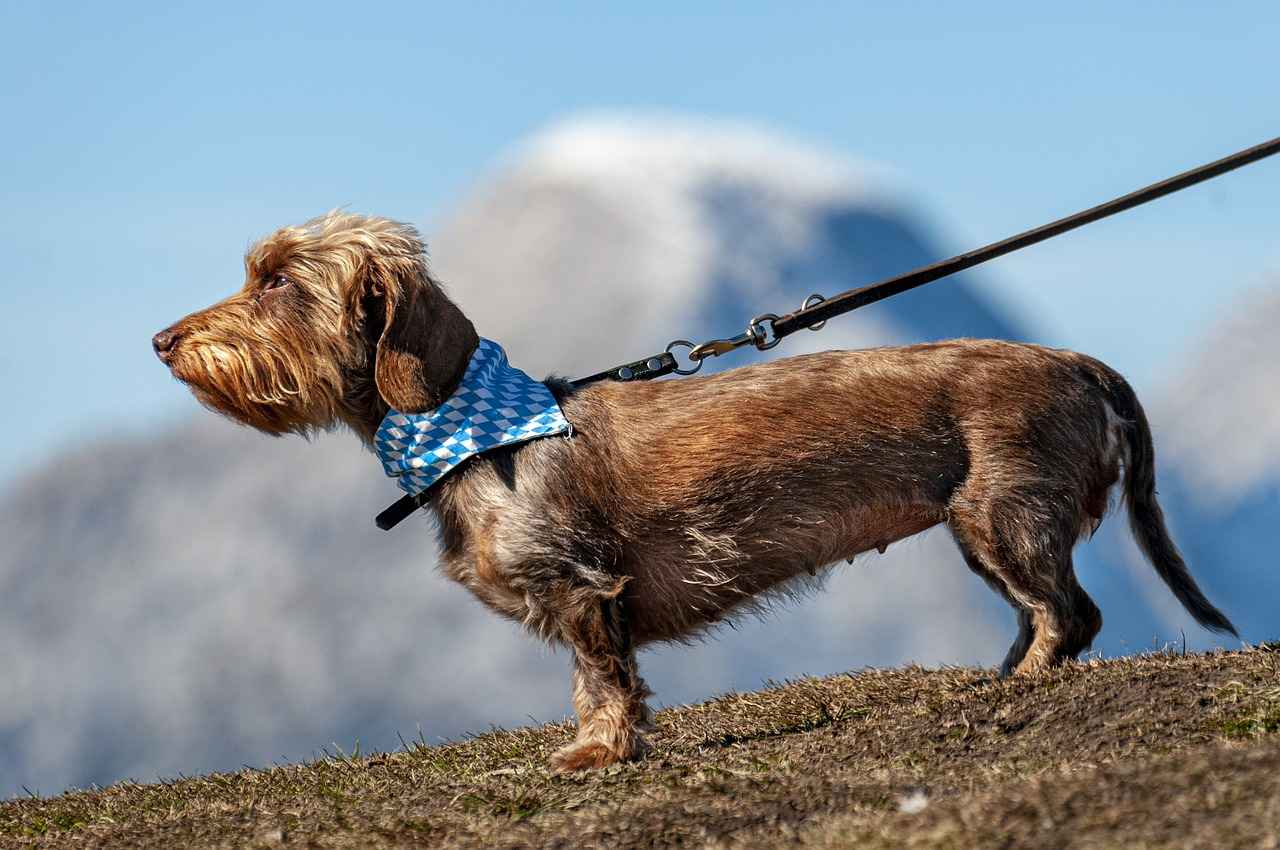
Preventive Measures After a Dog Bite
After experiencing a dog bite, it is crucial to implement effective preventive measures to minimize the risk of infection and promote healing. This section outlines essential strategies that can significantly enhance recovery and ensure safety.
- Keep the Wound Clean: Regularly clean the wound with mild soap and water to remove any debris or bacteria. This practice is vital in preventing infections.
- Monitor for Signs of Infection: Be vigilant for symptoms such as increased redness, swelling, or pus. Early detection of infection can lead to timely medical intervention.
- Apply a Sterile Dressing: After cleaning, cover the wound with a sterile dressing to protect it from dirt and bacteria. Change the dressing regularly to maintain cleanliness.
- Follow Up with Healthcare Providers: Schedule follow-up appointments to ensure that the wound is healing properly. Healthcare professionals can provide valuable guidance throughout the recovery process.
- Stay Updated on Vaccinations: Ensure that your dog is vaccinated against rabies and other diseases. Regular veterinary check-ups can help prevent future incidents.
Nutrition and Hydration: Proper nutrition and hydration play a vital role in the healing process. Consuming a balanced diet rich in vitamins and minerals supports the immune system and promotes tissue repair.
Emotional Support: Experiencing a dog bite can be traumatic. Seeking emotional support from friends, family, or professionals can help in coping with the psychological impact of the incident.
In conclusion, taking proactive steps after a dog bite is essential in preventing infections and ensuring a smooth recovery. By implementing these preventive measures, individuals can not only enhance their healing process but also promote overall safety during future interactions with dogs.
Follow-Up Care
is a critical component in the healing process of a dog bite wound. Regular monitoring not only ensures that the wound is healing properly but also helps in identifying any potential complications early on. Understanding what to expect during recovery can significantly alleviate concerns and promote a smoother healing journey.
In the days following the injury, it is essential to keep the wound clean and dry. Regularly changing the dressing, ideally every 24 hours or sooner if it becomes wet or dirty, is crucial. This practice helps to prevent infection and keeps the area protected from external irritants.
- Daily Inspection: Each day, inspect the wound for any signs of infection, such as increased redness, swelling, or discharge. If any of these symptoms appear, it is important to contact a healthcare professional immediately.
- Managing Pain: Over-the-counter pain relief medications can be taken as needed to manage discomfort. Always follow the dosage instructions and consult a doctor if pain persists.
- Rest and Elevation: Keeping the injured hand elevated can help reduce swelling. Additionally, limiting the use of the affected hand during the initial healing period is advisable.
During follow-up appointments, healthcare providers will assess the wound’s progress and may recommend further treatments if necessary. They might also suggest a tetanus shot if the wound is deep and your vaccination status is not current.
In conclusion, regular follow-up care is not just about monitoring the wound; it is about ensuring that you are taking proactive steps towards a complete recovery. By adhering to these guidelines and maintaining open communication with your healthcare provider, you can facilitate a smoother healing process and minimize the risk of complications.
Vaccination and Health Checks
are crucial components in maintaining your dog’s overall health and well-being. Regular veterinary visits and staying up-to-date with vaccinations can significantly reduce the risk of serious diseases, including rabies, parvovirus, and distemper.
Vaccinations work by stimulating your dog’s immune system to recognize and fight off specific pathogens. This proactive measure not only protects your pet but also helps safeguard other animals and humans from potential zoonotic diseases. The importance of these vaccinations cannot be overstated, as they play a vital role in preventing outbreaks of infectious diseases.
In addition to vaccinations, routine health checks are essential for early detection of health issues. A veterinarian can identify potential problems before they become severe, ensuring your dog remains healthy and happy. Regular check-ups often include:
- Physical examinations: A thorough check-up to assess your dog’s overall health.
- Weight management: Monitoring your dog’s weight to prevent obesity-related issues.
- Dental health assessments: Evaluating your dog’s teeth and gums to prevent dental diseases.
- Parasite control: Checking for fleas, ticks, and worms, and providing appropriate treatments.
Moreover, keeping a vaccination schedule ensures that your dog receives their shots at the right intervals. Puppies typically start their vaccination series at six to eight weeks of age, with boosters given every few weeks until they are about 16 weeks old. Adult dogs will require periodic boosters to maintain immunity.
In conclusion, ensuring your dog is up-to-date on vaccinations and regularly visiting the veterinarian for health checks is essential in preventing diseases and promoting a long, healthy life. By prioritizing these health measures, you are not only protecting your pet but also contributing to the health of your community.

Conclusion: Ensuring Safe Interactions with Dogs
Understanding how to care for dog bite wounds is essential for both safety and health. Dog bites can occur unexpectedly and may lead to serious complications if not addressed properly. By following appropriate care protocols and preventive measures, individuals can significantly minimize risks and promote effective healing.
The first step in managing a dog bite is to assess the severity of the wound. If the bite is deep or bleeding profusely, it is crucial to seek medical attention immediately. For less severe wounds, the following steps can help ensure proper care:
- Clean the Wound: Gently wash the area with mild soap and clean water. This helps remove bacteria and debris that could lead to infection.
- Apply Antiseptic: After cleaning, applying an antiseptic solution can further disinfect the wound and support the healing process.
- Control Bleeding: If bleeding occurs, apply gentle pressure with a clean cloth until it stops. If bleeding persists, seek medical help.
- Dress the Wound: Cover the wound with a sterile dressing to protect it from dirt and bacteria.
After initial treatment, it is important to monitor the wound for signs of infection. Common symptoms include redness, swelling, increased pain, and the presence of pus. If any of these symptoms occur, consulting a healthcare professional is recommended.
Preventive measures are equally important. Ensure that your dog is up-to-date on vaccinations, particularly for rabies, and practice safe interactions with dogs to avoid future incidents. Regular veterinary check-ups can help maintain your dog’s health and behavior.
In conclusion, by understanding how to care for dog bite wounds and implementing preventive strategies, individuals can protect themselves and promote healing. Safe interactions with dogs are essential, and being prepared can make all the difference.
Frequently Asked Questions
- What should I do immediately after a dog bite?
First things first, clean the wound with mild soap and water to remove any bacteria. Apply gentle pressure to stop any bleeding, and then put on a sterile dressing. It’s crucial to act fast to minimize the risk of infection!
- How can I tell if a dog bite is infected?
Look for signs like increased redness, swelling, warmth, or pus coming from the wound. If you notice any of these symptoms, it’s time to seek medical help to prevent complications.
- When should I see a doctor after a dog bite?
If the wound is deep, bleeding doesn’t stop, or you notice signs of infection, don’t hesitate! It’s best to consult a healthcare professional as soon as possible to ensure proper treatment.
- What preventive measures should I take after a dog bite?
Keep the wound clean and dry, change the dressing regularly, and monitor for any signs of infection. Also, make sure your dog is up-to-date on vaccinations to prevent rabies and other issues.
- Can I treat a dog bite at home?
For minor bites, you can manage them at home by cleaning and dressing the wound. However, if the bite is severe or shows signs of infection, always seek medical attention.


